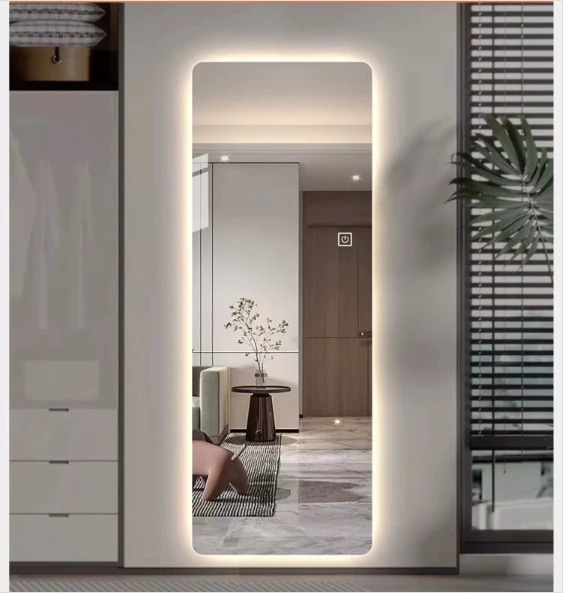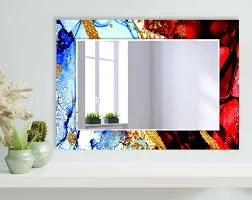Understanding the various types of float glass is essential for architects, designers, and builders aiming to create aesthetically pleasing and functional structures. The field of float glass production has evolved significantly, offering a plethora of options tailored to diverse needs ranging from residential to commercial applications. This article aims to provide a comprehensive understanding informed by real-world applications and industry expertise.

Clear float glass stands as the foundation of all glass types. It is the simplest form, created by floating molten glass on molten tin to produce a smooth sheet. This type of glass is renowned for its clarity and lack of distortion, making it ideal for windows, doors, and partitions where transparency is required. Its versatility in thickness and ease of cutting make it a staple in the construction industry.
Tinted float glass, on the other hand, incorporates color during the manufacturing process. Developers often opt for tinted glass to reduce glare, improve energy efficiency by minimizing solar heat gain, and achieve a specific aesthetic appeal. Due to its ability to enhance privacy without compromising on style, tinted float glass is a popular choice for façade applications and high-rise buildings.

In projects where safety and security are paramount, tempered float glass emerges as a superior option. By subjecting the glass to a special heating and rapid cooling process, its strength is augmented, becoming four to five times stronger than standard glass. Tempered float glass shatters into small, blunt pieces, reducing injury risks— a crucial feature for storefronts, glass doors, and public spaces.
Laminated float glass takes safety a step further by sandwiching a polyvinyl butyral (PVB) layer between two sheets of glass. This design not only bolsters durability but also prevents shattering upon impact, maintaining a barrier even when fractured. Laminated glass is highly recommended for soundproofing building façades in busy metros and enhancing security for sensitive installations like banks and museums.
types of float glass
Reflective float glass is characterized by its metal oxide coating, which reflects heat and light, providing enhanced solar control. It is beneficial in reducing HVAC energy costs and comes with the added advantage of privacy, as it often reflects the exterior like a mirror. This type of glass is often employed in office buildings to create modern, sophisticated exteriors.
For those seeking optimal energy efficiency, low-emissivity (Low-E) float glass offers an advanced solution. Featuring a microscopically thin metal coating, Low-E glass significantly reduces UV and infrared light penetration without compromising visible light. This makes it ideal for climate-controlled environments where power conservation is a priority. Adoption of Low-E glass is a proactive step towards sustainable building practices.
Patterned float glass opens new realms of design possibilities. By imprinted designs onto the glass surface during production, it adds texture and style, making it perfect for applications where both privacy and light are desired. It is frequently used in bathroom windows, dividers, and decorative panels where diffusion of light is required.
Each type of float glass presents distinct advantages, making informed selection critical for ensuring project success. Partnering with manufacturers who emphasize quality and innovation is paramount. By understanding these specialized glass types and their applications, industry professionals can leverage this knowledge to enhance building performance, sustainability, and design integrity. Retreating from a one-size-fits-all approach allows for tailored solutions that meet specific architectural and functional requirements, supporting the creation of structures that are robust, efficient, and visually appealing.
In conclusion, the range of float glass types provides a wealth of possibilities for modern construction and design. Embracing the nuances of each variant allows for the realization of projects that not only meet but exceed contemporary standards, fostering environments that are safe, efficient, and breathtakingly beautiful. Always opt for expert consultancy and trusted brands to ensure that specifications align with the distinct demands of your project for optimal outcomes.



